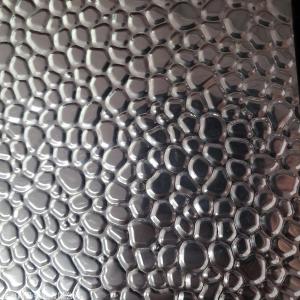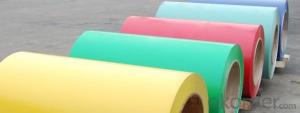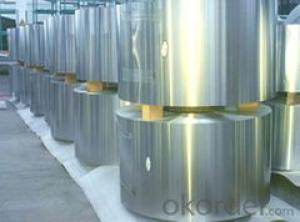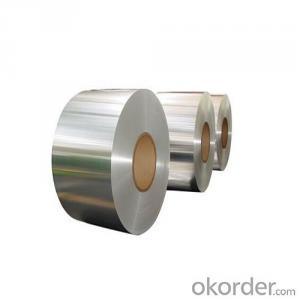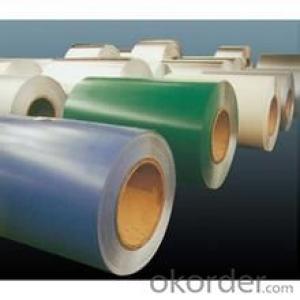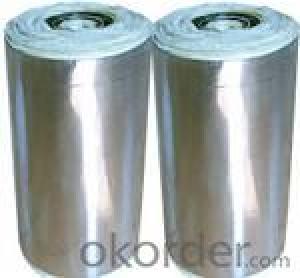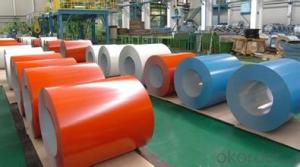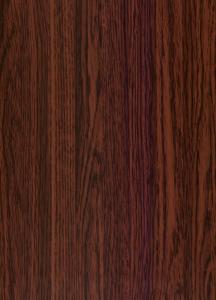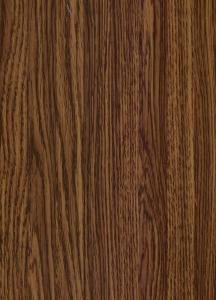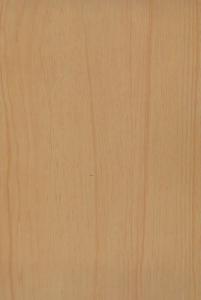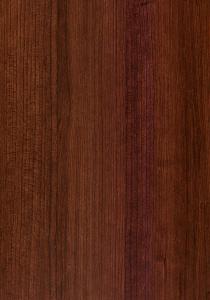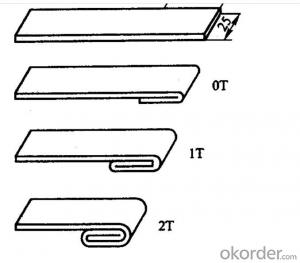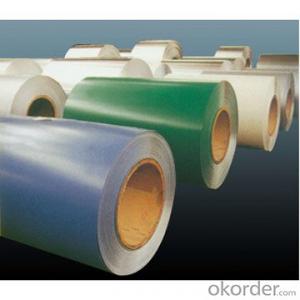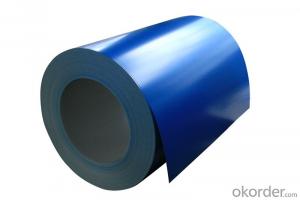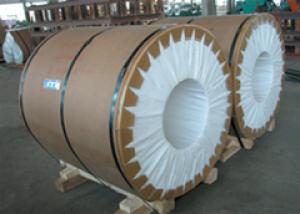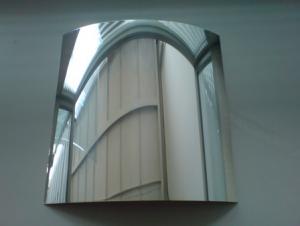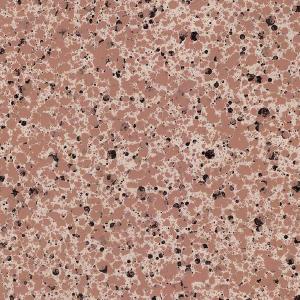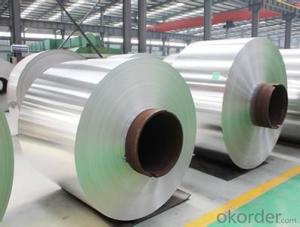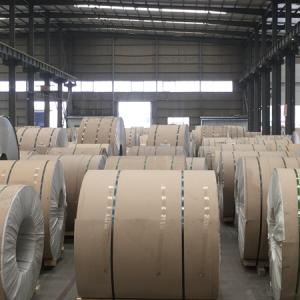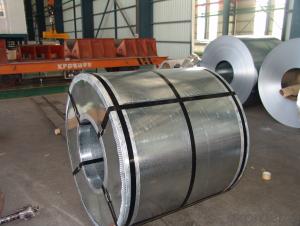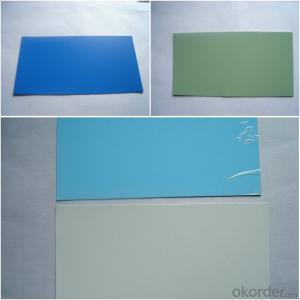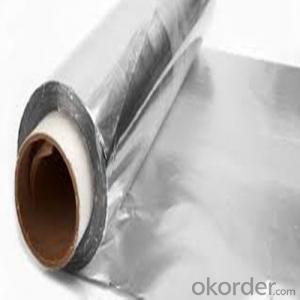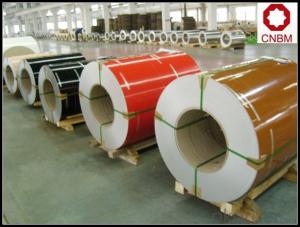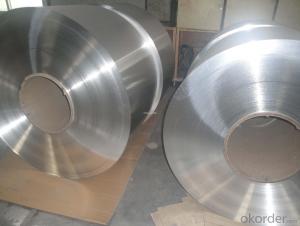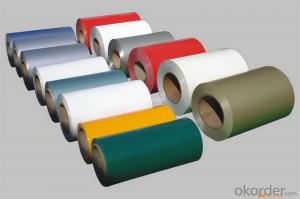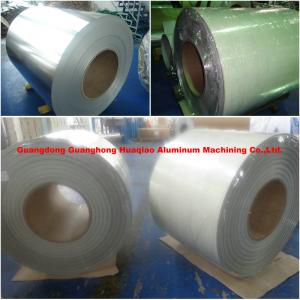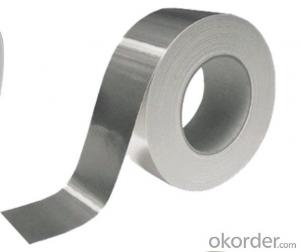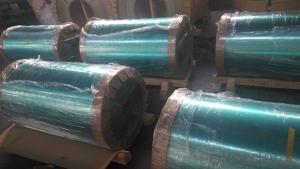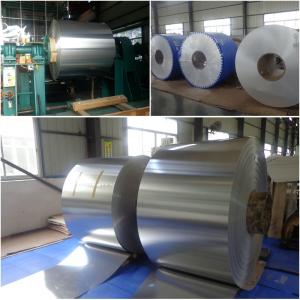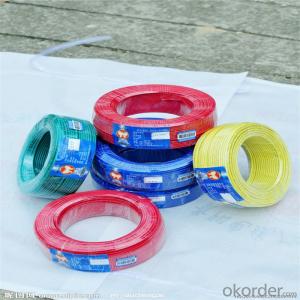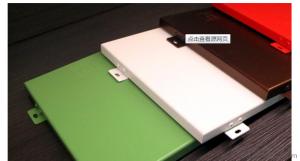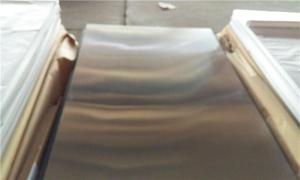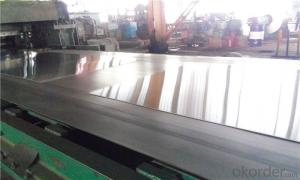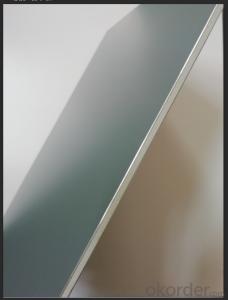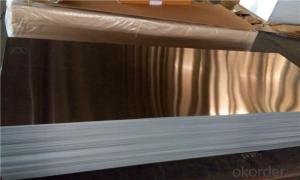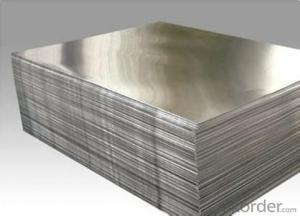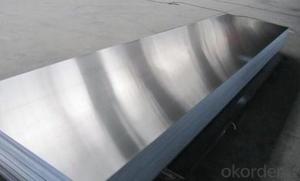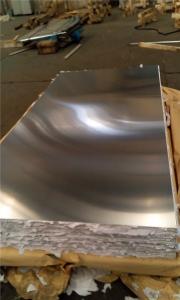All Aluminum Evaporator Coil
All Aluminum Evaporator Coil Related Searches
Aluminum Evaporator Coil All Aluminum Coil Lennox Aluminum Evaporator Coil Rheem Aluminum Evaporator Coil Wholesale Aluminum Coil Aluminum Alloy Coil Aluminum Coil Wholesale Trane Aluminum Evaporator Coil Aluminum Copper Coil Aluminum Ac Coil Copper Aluminum Coil Anodized Aluminum Coil Vinyl Coated Aluminum Coil Aluminum Wire Coil Aluminum Condenser Coil Air Conditioner Aluminum Coil Aluminum Strapping Coil Aluminum Coil Pipe Aluminum Tubing Coil Coil Aluminum Powder Coated Aluminum Coil Embossed Aluminum Coil Roll Aluminum Coil Aluminum Roof Coil Home Depot Aluminum Coil Aluminum Gutter Coil Wholesale Aluminum Gutter Coil Alcoa Aluminum Trim Coil Pure Aluminum Coil Polished Aluminum CoilAll Aluminum Evaporator Coil Supplier & Manufacturer from China
All Aluminum Evaporator Coil is a type of heat exchanger that is widely used in HVAC systems for both residential and commercial applications. These coils are designed to absorb heat from the surrounding air and transfer it to a refrigerant, thereby providing cooling to the space. The use of aluminum in the construction of these coils offers several advantages, such as increased durability, better heat transfer efficiency, and resistance to corrosion. This makes All Aluminum Evaporator Coil an ideal choice for various cooling systems where high performance and longevity are essential.All Aluminum Evaporator Coil finds its application in a variety of scenarios, including air conditioning units, refrigeration systems, and industrial cooling processes. They are particularly useful in environments where high humidity and corrosive conditions are prevalent, as the aluminum material can withstand these challenges without compromising on performance. Additionally, these coils are known for their lightweight nature, which makes them easier to install and maintain compared to traditional copper-based coils. This feature is especially beneficial in applications where space is limited or where the weight of the cooling system is a concern.
Okorder.com is a leading wholesale supplier of All Aluminum Evaporator Coil, boasting a vast inventory that caters to the diverse needs of customers across various industries. With a commitment to quality and customer satisfaction, Okorder.com ensures that the All Aluminum Evaporator Coils they provide meet the highest standards of performance and reliability. By offering a comprehensive range of sizes and configurations, Okorder.com enables customers to find the perfect coil for their specific application, ensuring optimal cooling efficiency and system longevity.
Hot Products

